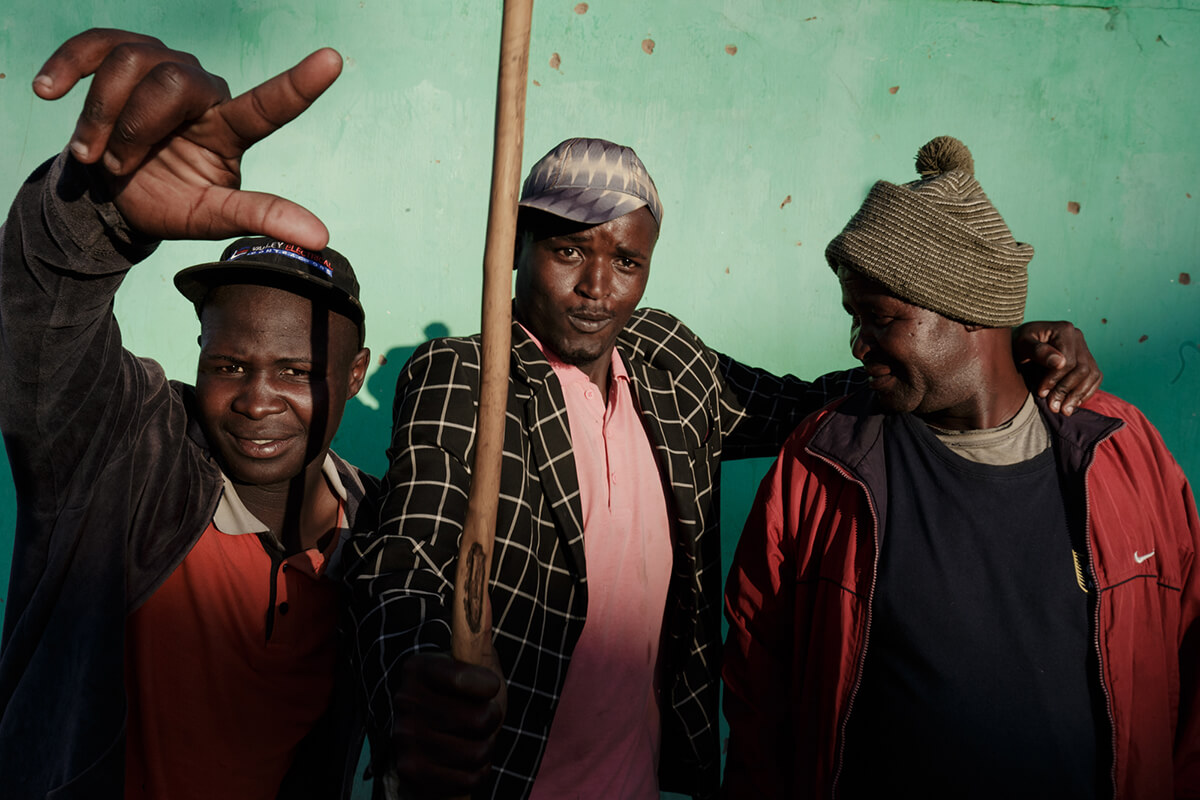INTERVIEW
Stories of People, Stories of Place
WITH STEFAN KLEINOWITZ
AN INTERVIEW WITH STEFAN KLEINOWITZ
“I do believe that we, as photographers, have a big responsibility to avoid false representation and to not create images that play on negative stereotypes, especially in a big, beautiful continent like Africa.”
Sefan Kleinowitz won 1st Prize in our recent Night Life competition with a striking image judge Lauryn Hill of Wired Magazine described as a fundamentally excellent portrait, telling “a story of truth and beauty through its sincere composition and sharpness.”
Keen to discover more about the image and Stefan’s life as a photographer – his route into it, his process, and what the life of a freelancer entails – we put some questions to him…
Dear Stefan, congratulations on winning our Night Life competition! What did you make of the judges’ comments?
Thank you for the recognition. I did not expect to win or to be in the top selection in this contest. I had already forgotten that I submitted an image. To have received the message that I won the Night Life award accompanied with such pleasant words by the judge and photo editor was a very nice and unexpected surprise. It made my day and the prize money will be reinvested in my photography.
It’s a very striking image, one with a sort of desolate beauty. Can you tell us a little more about the image itself and the circumstances behind it? Is it from a wider body of work?
This image was taken very spontaneously at some fashion event in Dakar. I only went there to see my new friend Penda, who I meet a couple of days previously for a photo shoot I did for a Senegalese designer. I arrived a bit too early and we were sitting around in the backstage area waiting for her and the other models to get dressed. Since I felt a bit bored, I took the camera out when I realised that the light became interesting and the sky was changing colour. Then I asked Penda if she wants to take a couple of pictures. She looked at me and said ‘yes why not’. I broke a small branch from a tree with pink blossoms and gave it to Penda. She looked at me surprised and I asked her to follow me. We walked around the corner and I suddenly saw this empty and desolate looking backyard with the sky in the background turning purple and pink. I showed Penda where I would like her to stand and she immediately took a striking pose. Since the light was almost gone, I increased the ISO to 5000 with the aperture in priority mode and took three pictures. It was a two-minute shoot and we were done.
And would you say it’s indicative of your broader photography? How would you describe your photographic style or approach?
I often carry a small camera with me for the case something or someone catches my attention or an opportunity arises to take an interesting photo. I love beauty and I try to combine the beauty I see with environmental portraits that can tell a story of a place and the people I meet. My approach is to look for layers and the light, and then try to capture the mood and feelings of the moment. Most importantly I often try to go deep inside the communities and spend weeks or months with the people I meet to build trusting relationships that can last for a lifetime.
I’ve heard you say that you want your work to provide some respite from our unrelenting exposure to misery and suffering – a very worthy mission statement. What does this mean in practice? Do you specifically look to seek out positive stories in difficult environments?
It means that I often have the feeling that a lot of photography presents stereotypical images about places such as the African continent and its people. Most of the time the photography we see about African people is very repetitive, negative and filled with shocking images showing misery, poverty and hopelessness. It is something I strongly want to avoid. There are so many beautiful and happy faces, and amazingly talented personalities. Daily life in Africa has so many touching layers that I do miss in the Western materialistic world. I do believe that we, as photographers, have a big responsibility to avoid false representation and to not create images that play on negative stereotypes, especially in a big, beautiful continent like Africa.
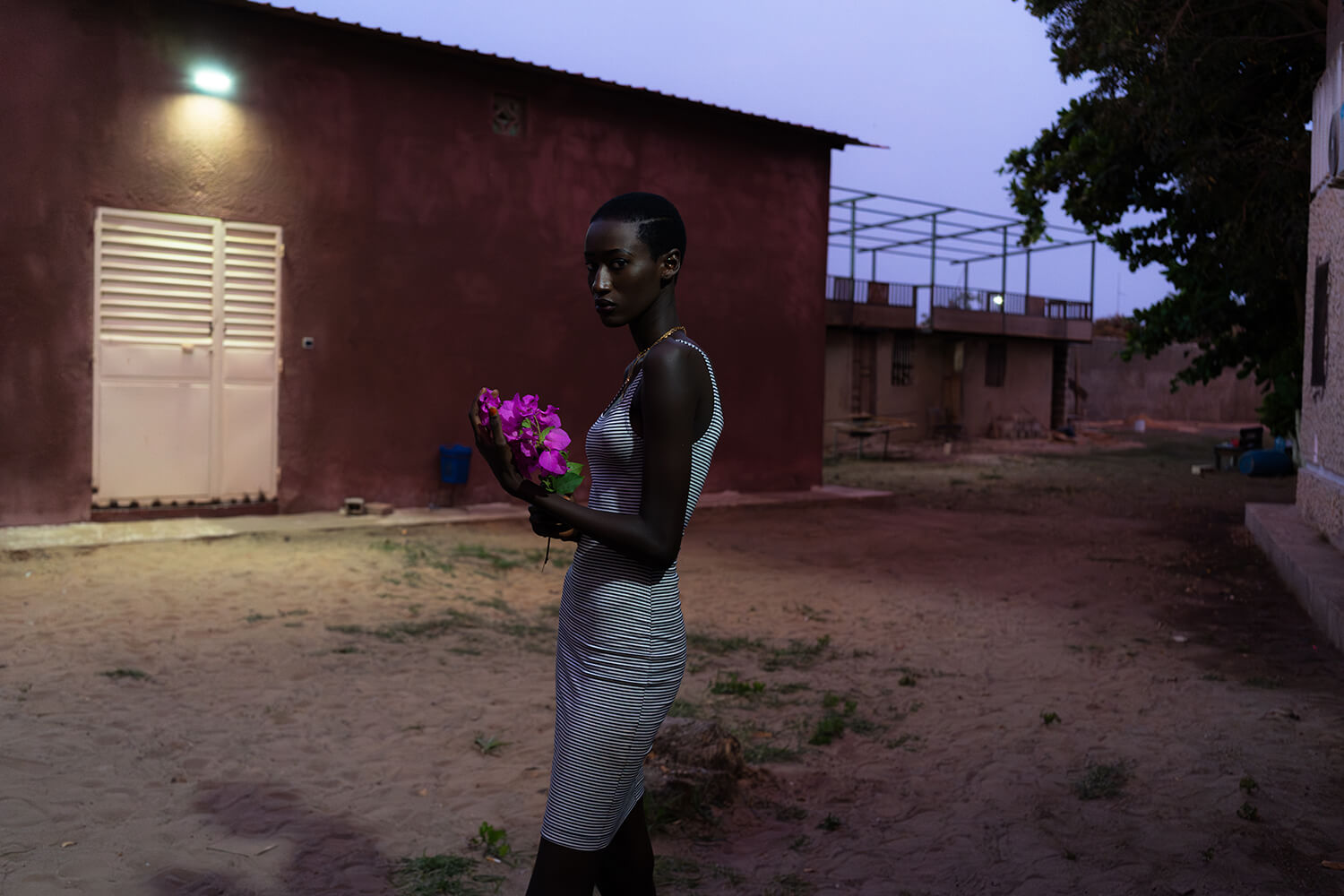
STEFAN’S WINNING NIGHT LIFE IMAGE
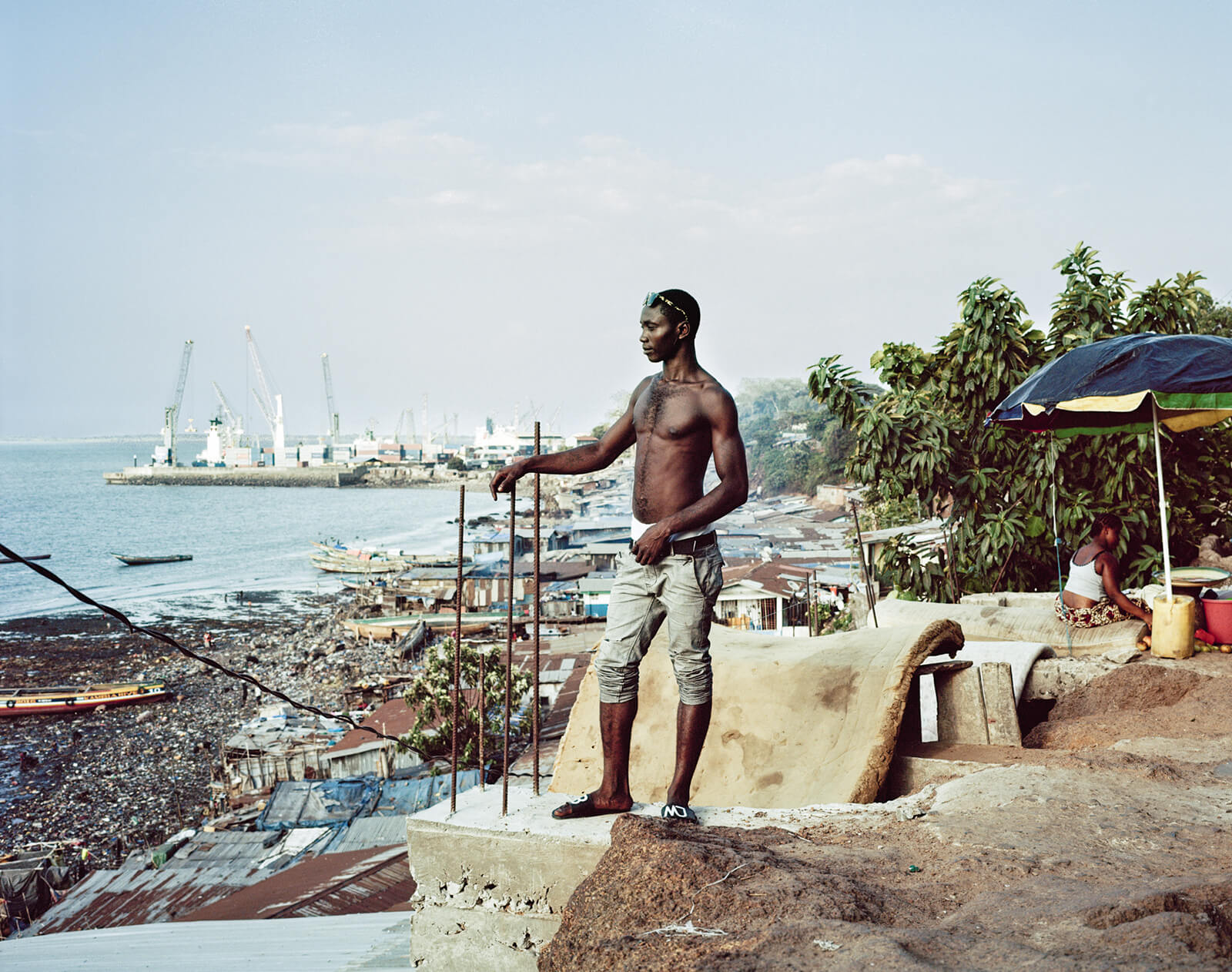
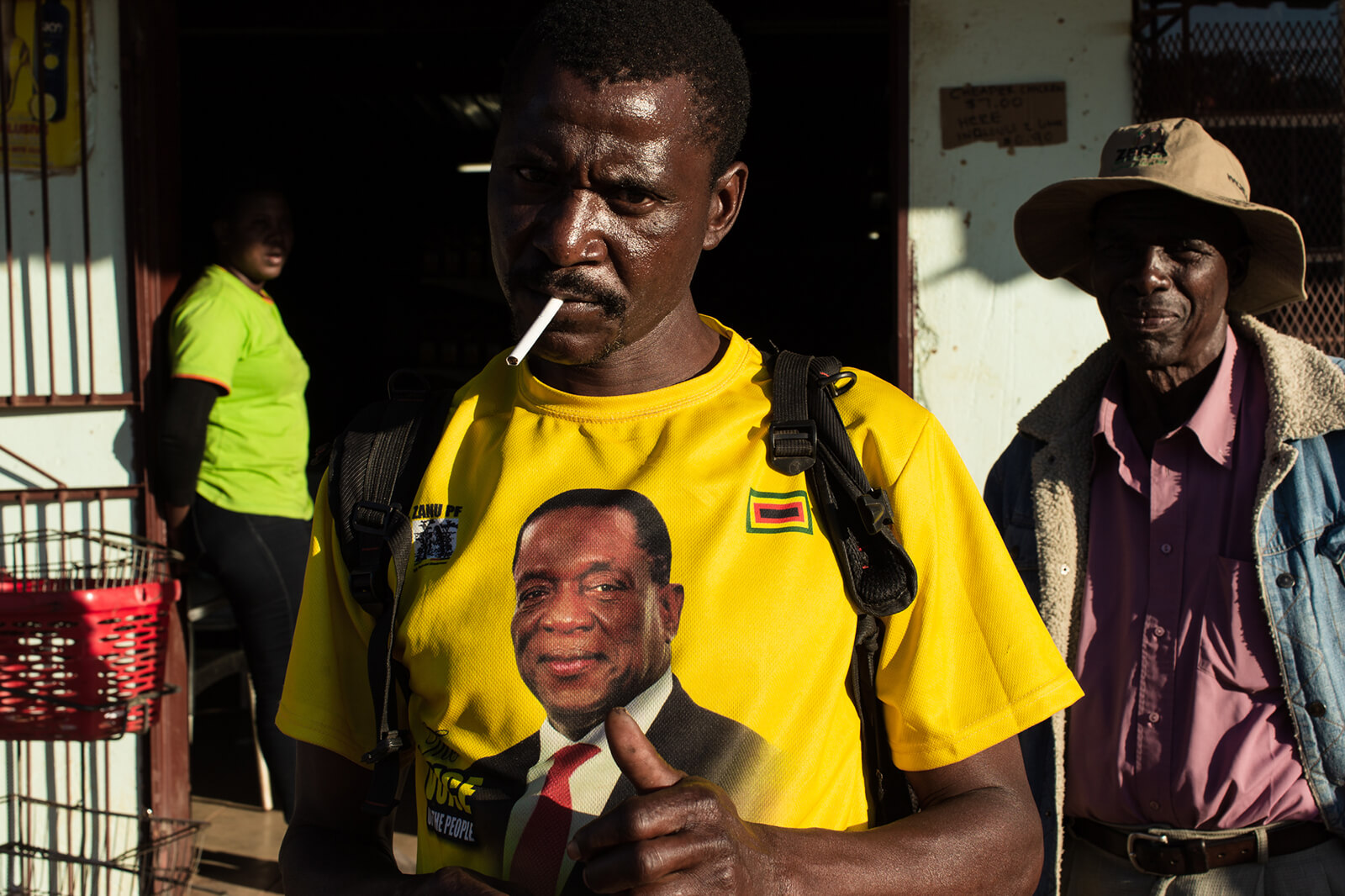
COMMISSION FOR DER SPEIGEL IN ZIMBABWE
What was your route in photography?
I never planned to become a photographer. Unfortunately, I only started to take photography seriously at a later stage of my life when I was about 39 years old. I studied social anthropology and epidemiology in London and when I felt exhausted and completely burned out from all the intense studying, I decided to do something I really enjoy, which was taking pictures of the people I met during my travels. I took part in a one-week photography workshop at the Bournemouth Arts university that thought me the very basics of exposure and light and how to use a digital camera in manual mode. Completely obsessed and falling in love with photography and the process I then looked at some photography books and ordered the Suffering of Light by Alex Webb. Then I booked a photography workshop with Alex Webb at the Miami Street Photography Festival. From Miami I started to fly back and forth between Jamaica, Haiti, and Brazil, practicing for three months with my small Fuji x100s. After that I returned to London, and I decided to document the situation in the Calais refugee camp, called ‘The Jungle’. After that I read a book about the Hadzabe tribe in Tanzania, which inspired me to take a tent and my Mamiya 7ii and stay with the tribe for six weeks. That’s how it all started. I sold my first fine art print at a gallery in Capetown, and when I showed my portfolio to some photo editors at VISA in Perpignan, I received positive feedback for my portraits. Soon after I received my very first commission by Der Spiegel Magazine.
As someone who now does this for a career, you shoot for big publications on assignment like Der Spiegel and AP News. You talk about maintaining a sense of childlike wonder. Is this something you have to consciously nurture now travel and photography is your job?
I think you have to be a very curious person, curious like a child, if you want to keep creating photography that has the potential to stay in people’s minds. Keep exploring, and don’t be afraid of failure. Try to get things done and execute those ideas that you have on your mind. Follow your instinct and keep creating until you feel that you have a body of work that is worthy of showing to a photo editor.
In case the story is related to breaking news it’s more about filing your photos to your agency as fast as you can. Speed becomes more important than creating amazing images or art. However, I still try to create pictures that don’t look like everyone’s else’s work, or I would get bored. Thinking outside the box is important to me.
You’re based in Dakar. What took you there, and how is it as a place to work and shoot?
After staying in Johannesburg for three years I wanted to change location and experience West Africa. People here are more relaxed and peaceful than in South Africa. But every place is different and has its own challenges. My biggest challenge in West Africa is the French language, which can make it somewhat difficult for me to go deep inside the communities and to build relationships with the amazing people I meet.
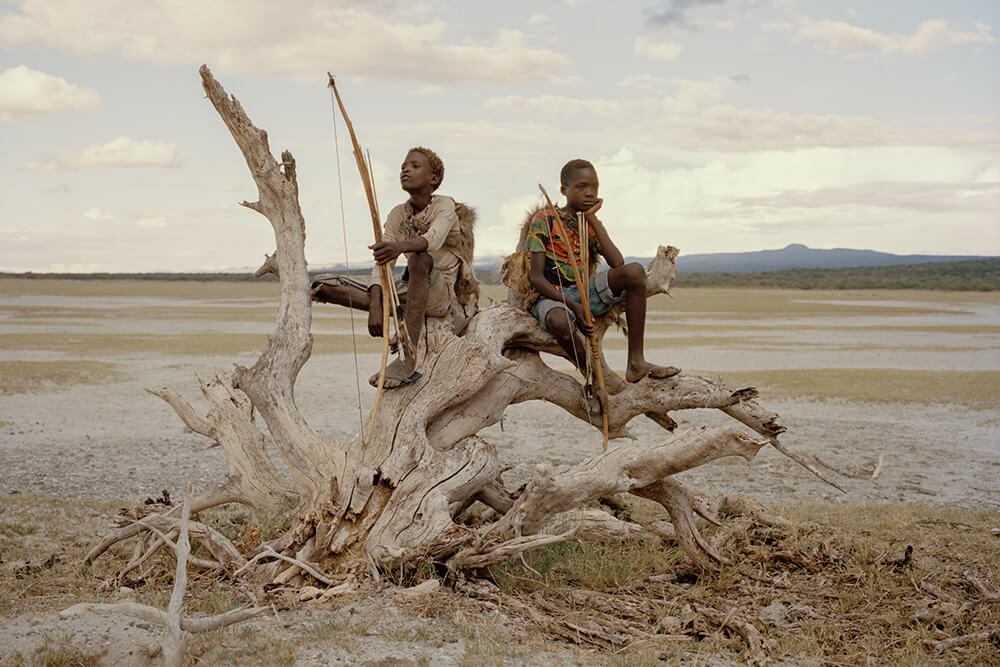
FROM THE SERIES HADZABE TRIBE, TANZANIA
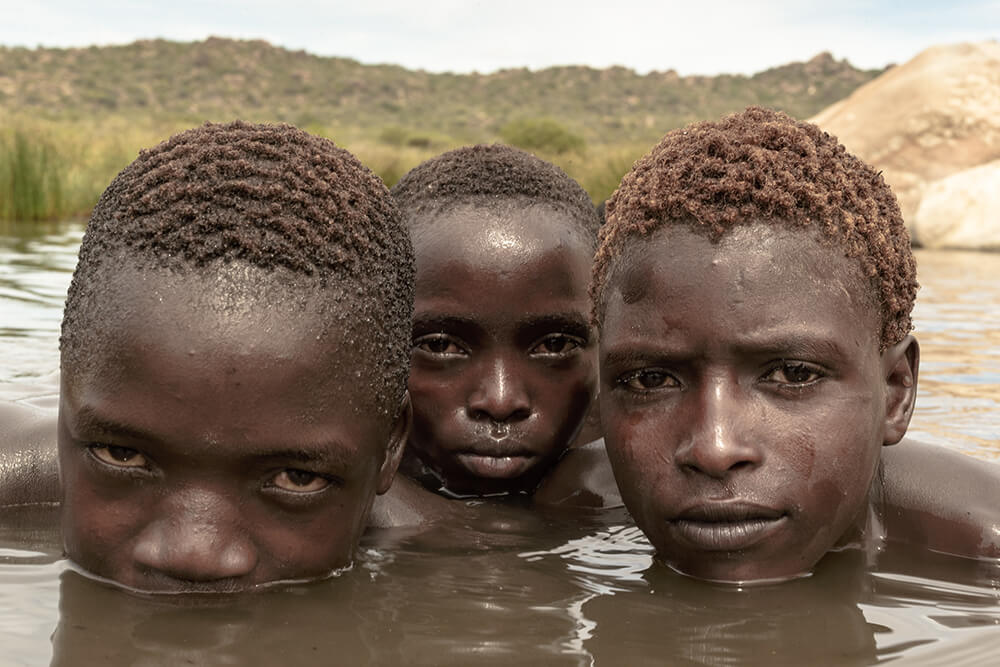
FROM THE SERIES HADZABE TRIBE, TANZANIA
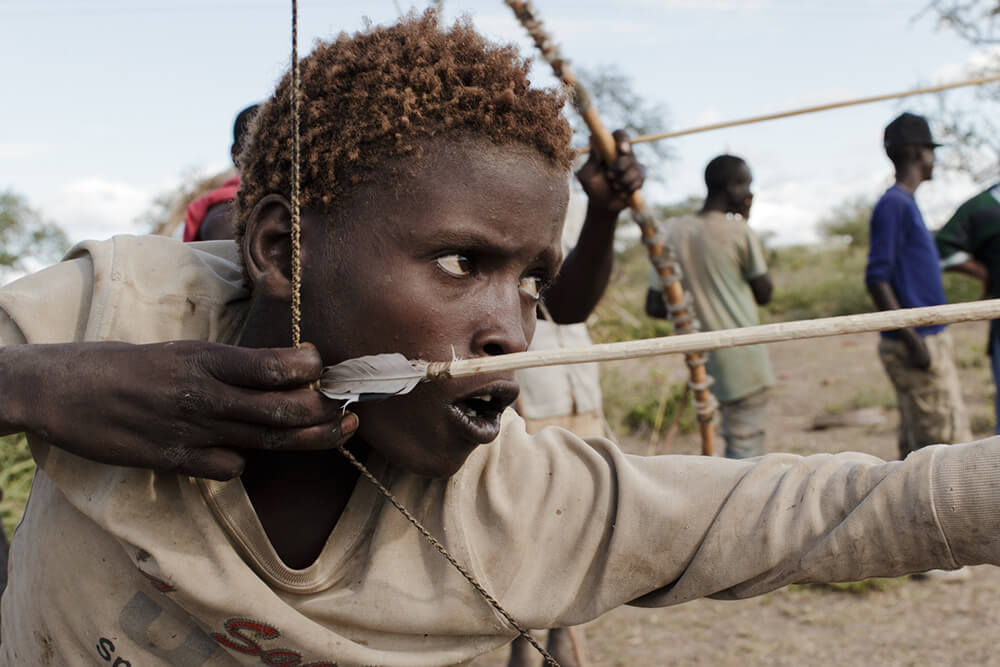
FROM THE SERIES HADZABE TRIBE, TANZANIA
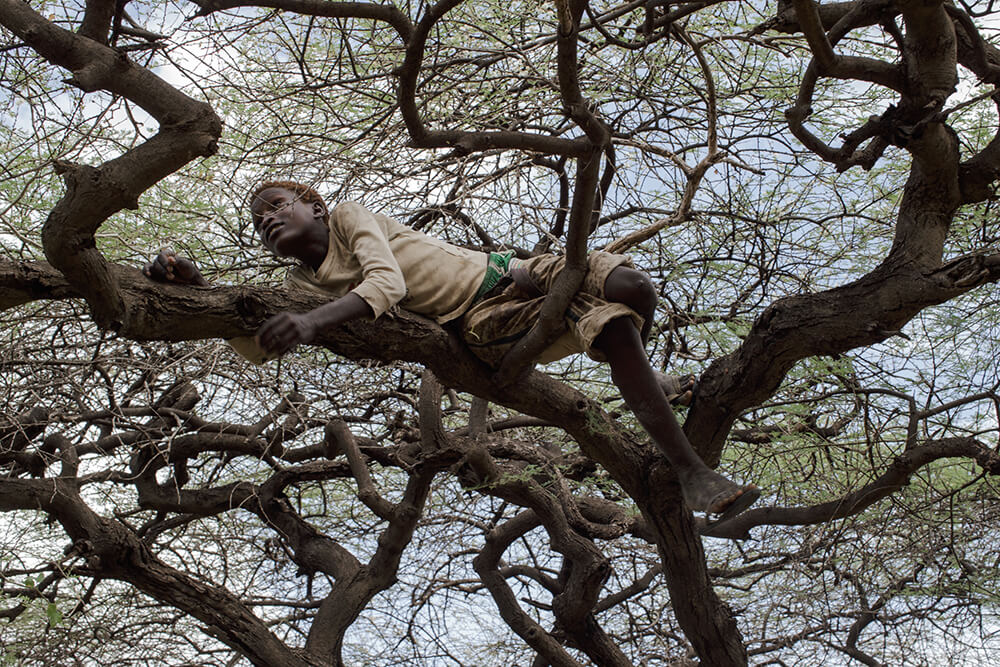
FROM THE SERIES HADZABE TRIBE, TANZANIA
Aside from your winning image, can you tell us about a shot you’re particularly proud of?
I am not able to think of one particulate image that makes me proud. But what made me very excited and a little bit proud was when I received my very first assignment in Africa by the photo editor Mrs. Tinka Dietz at Der Spiegel. I was asked to fly to Zimbabwe to work with a well-known correspondent on a story about the upcoming presidential election. I was very excited and the story was published over several pages with six photos in the print magazine. It made me proud to hold the first printed copy of a well-known news magazine with my photos in my hands.
How do your personal projects come about? What sort of sparks set them off, and do you have a dream project you’d love to make?
My projects are always sparked by my personal interest. When I have an idea, I put it in a folder and occasionally I start to look online what has already been done around the topic. Since I arrived in Senegal I have started to work on migration. I met many families that have lost loved ones trying to cross the Atlantic Ocean to reach Europe. It is an ongoing project and it is a painful reality.
Recently I am dreaming about buying an underwater housing and to learn snorkelling. As a child I did a little snorkelling with my father on our family holidays. My memories about the beautiful colours and fish that we saw is still on my mind. The world is suffering a lot from mindless pollution and overfishing. I want to document what is hidden under the water and help to protect the ocean and the people that strongly depend on an intact sea to survive.
What’s the best piece of advice you’d pass on to your younger self if you could?
Go out there, explore and do not think too much. Invest time, be patient and do not rush things. Just try to get things done and start small. Moreover, do not compare yourself with others and don’t be afraid to fail. Most importantly, do not take it personally when you send out emails to editors and you get ignored. This industry can be very harsh, because editors and writers sometimes forget about you very quickly. This can be frustrating and demotivating.
And finally, what are your plans for 2024?
I have not planed my year ahead. It would be good to have my calendar filled up with upcoming projects and commissions but most of the time they happen very spontaneously. However, during April and September I will spend some days at the Rapid Eye studio in London to handprint my personal analog work. I am also planning to learn more about video, and to start writing stories to the photos I create. Maybe I am a good writer? I want to find out.
At some point I am thinking of relocating from Dakar after nearly four years of living there. It can be a bit worrying at times not to know what will happen next but I think this feeling is the same for most freelance photographers. Some people are better with networking, pitching stories and planning months ahead than others.
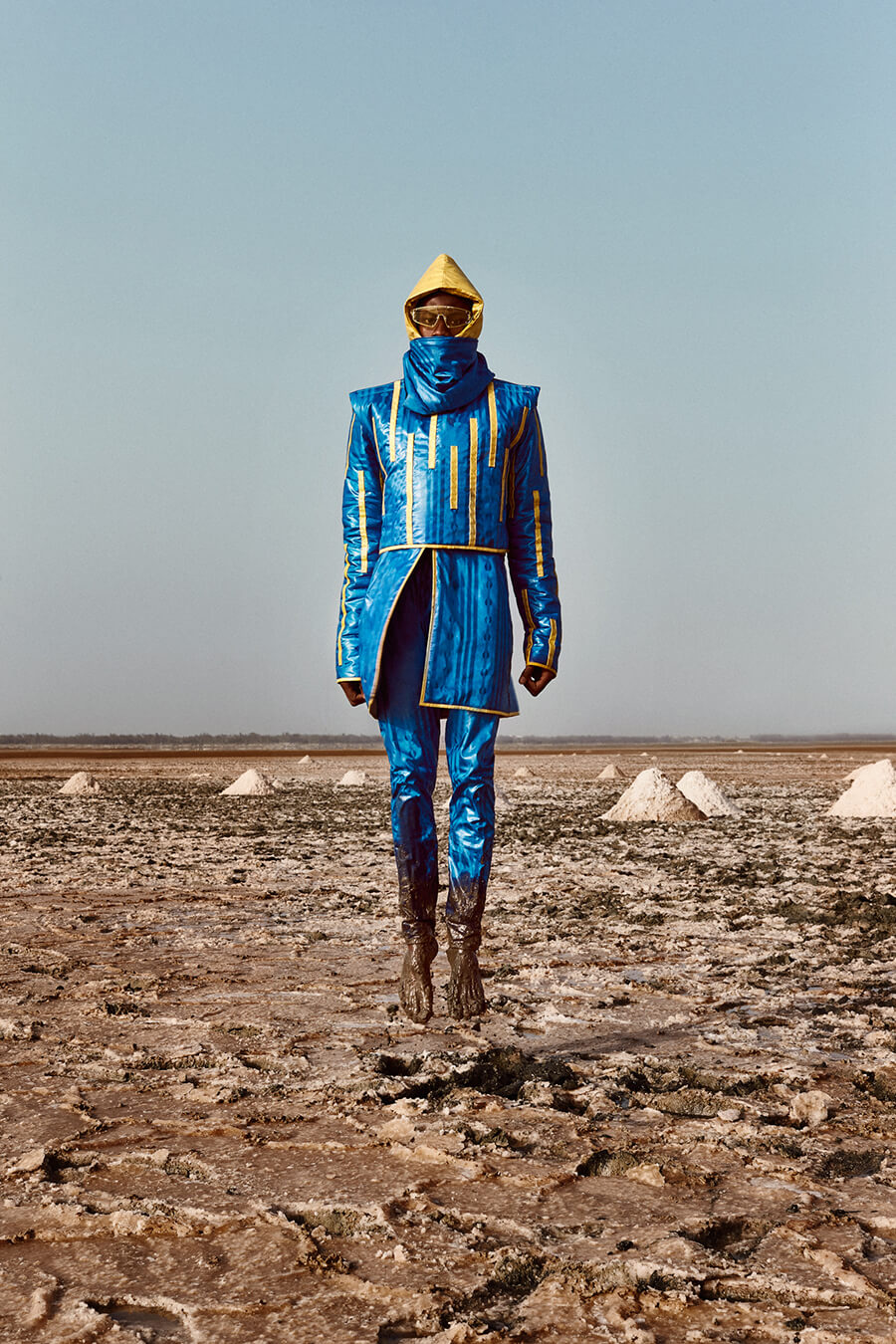
FROM A FASHION SHOOT IN SENEGAL
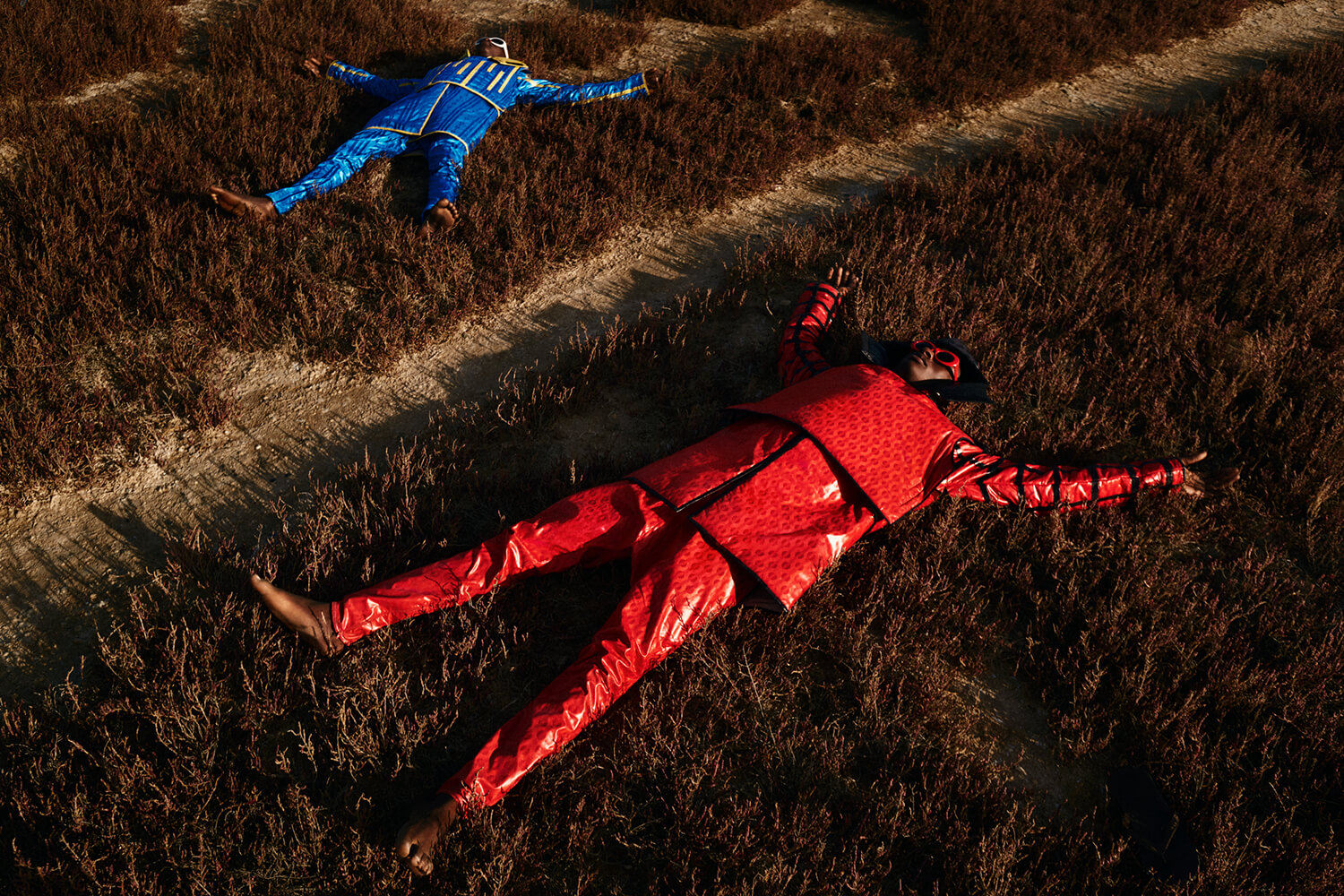
FROM A FASHION SHOOT IN SENEGAL
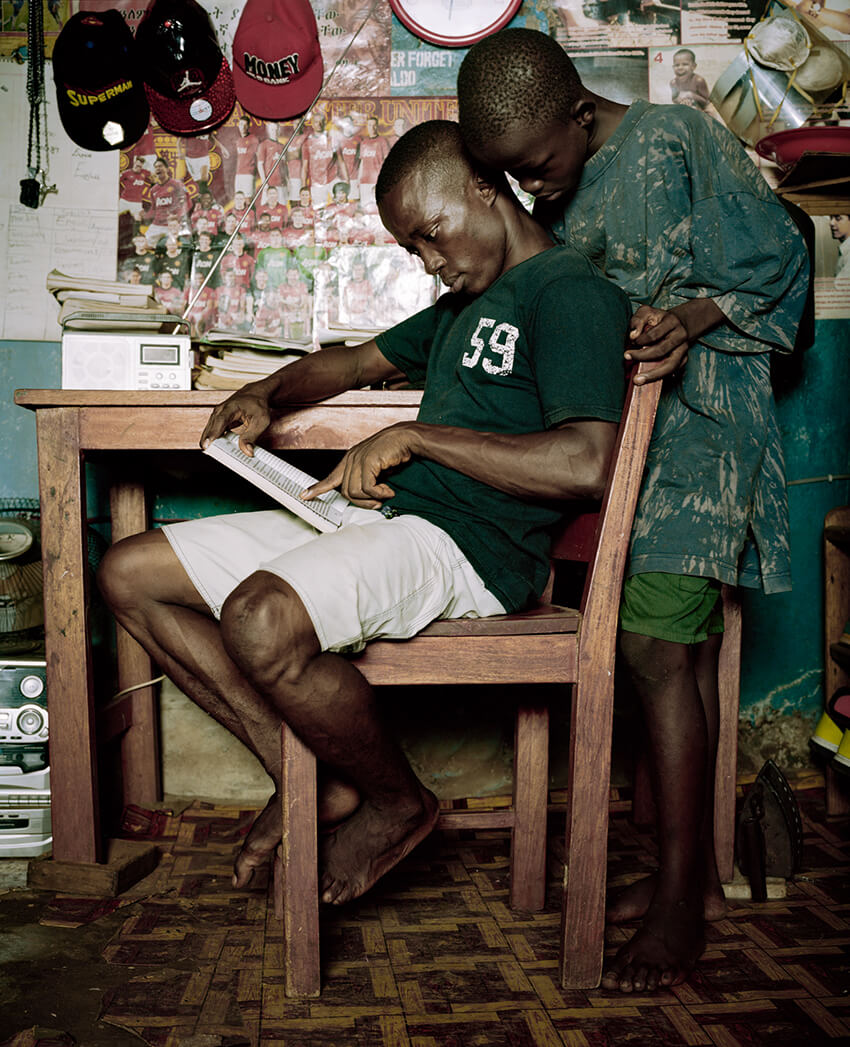
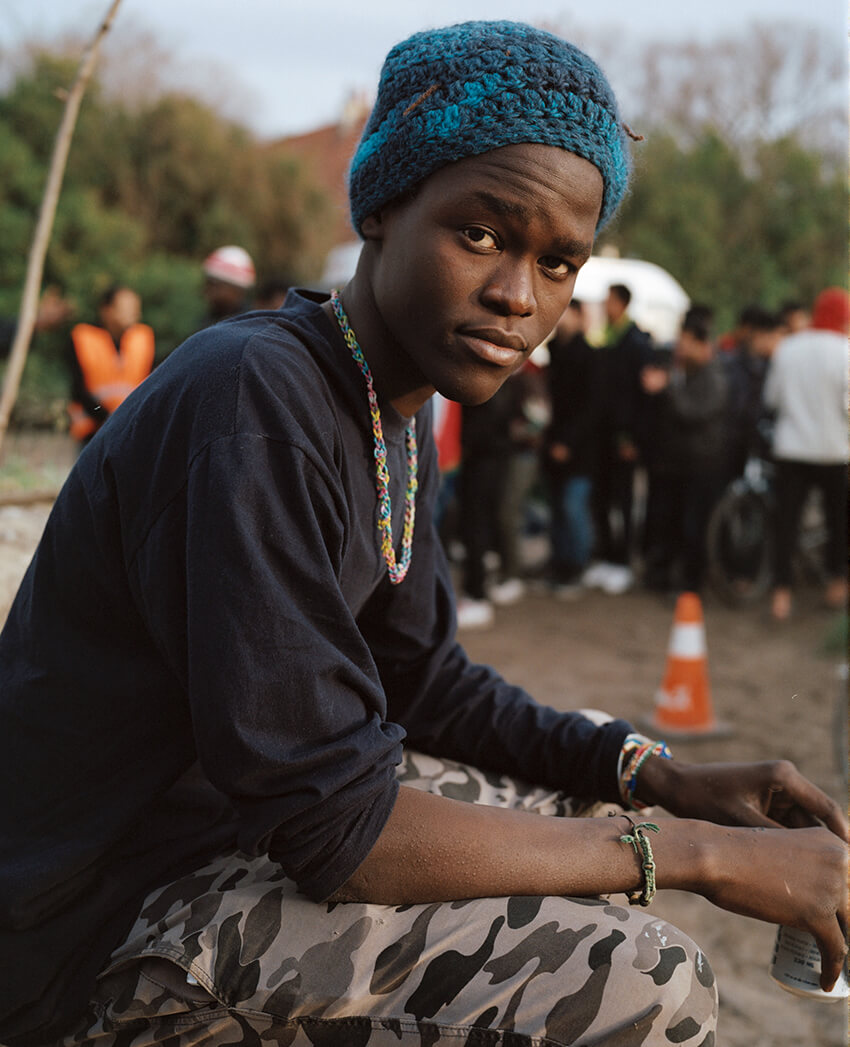
All images © Stefan Kleinowitz
Follow him on Instagram: @stefankleinowitz and see more at www.stefankleinowitz.com
